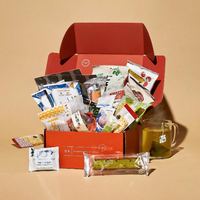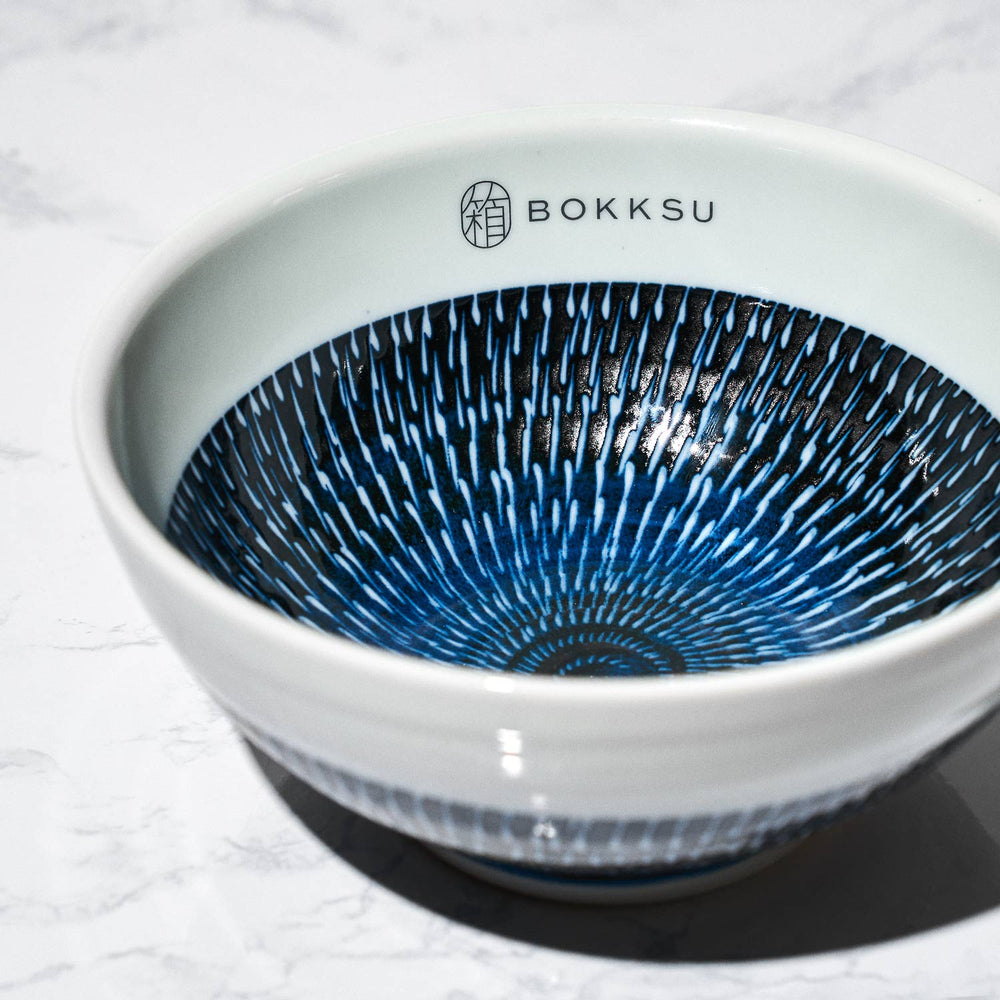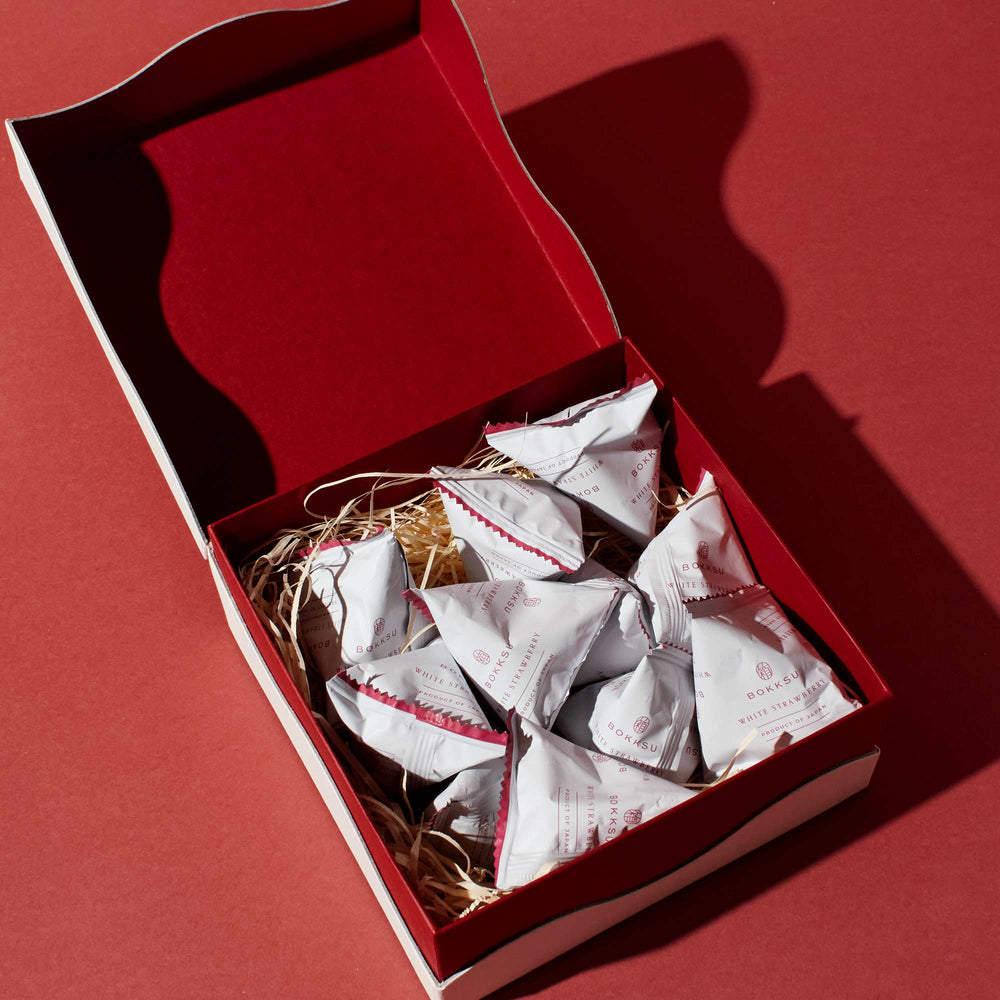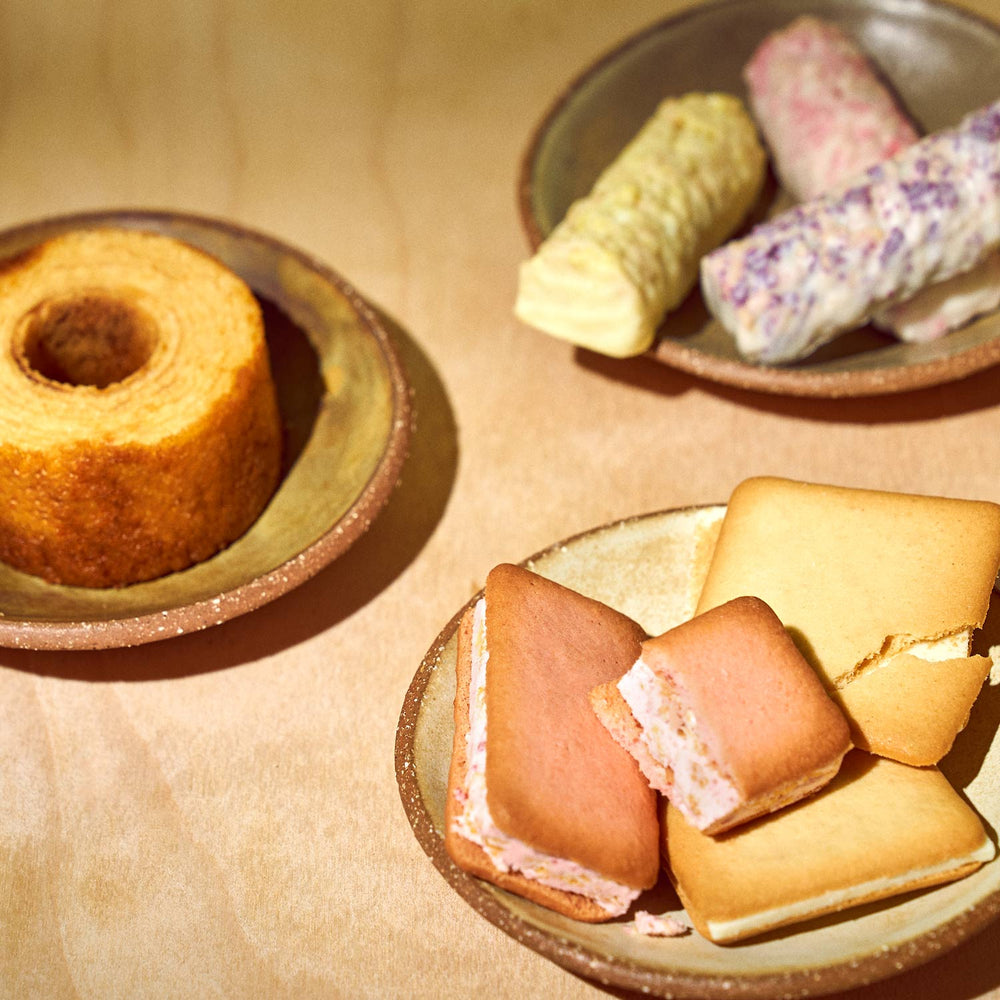Chawanmushi: Japan’s Silky Egg Custard Delight
While most types of custard are sweet and creamy, chawanmushi will take your taste buds on a different journey filled with savory flavors. This delicious Japanese egg custard is more of a dish than a dessert, and it's often filled with ingredients that will surprise you.
In this post, we’ll explore the role of chawanmushi in Japanese cuisine, its regional variations, and how you can make some at home.
What Is Chawanmushi? Discovering Japan’s Silky Egg Custard

Chawanmushi is a savory Japanese steamed egg custard dish. It consists of a mixture of eggs, dashi (Japanese soup stock), and other seasonings paired with bits of meat and vegetables. In English, the term chawanmushi literally translates to “steamed in a teacup,” “teacup steamed egg custard,” or “teacup steam.” This name refers to the dish’s preparation and serving process, as the egg mixture and ingredients are indeed steamed and served in a small teacup.
Chawanmushi’s flavor can be described as both delicate and complex. It has a well-balanced umami taste thanks to the sweet and savory ingredients in the dish. Like most custards, chawanmushi has a soft and silky texture. However, the pieces of meat or vegetables will provide you with something juicy to chew on.
Besides its dashi-seasoned egg mixture, chawanmushi may include many other ingredients, such as soy sauce, salt, mirin, ginkgo seeds, chicken, green onion, fish cake, and shrimp. The wide range of viable chawanmushi has led to countless variations of the dish. It typically serves as a versatile, savory appetizer in Japanese cuisine, and restaurants offer it as one of the dishes in a multi-course meal.
A Brief History of Chawanmushi: From Edo Era to Modern Tables

Chawanmushi originated in Nagasaki during the 18th century. It emerged in the Edo era (1603-1868), a time when a Japanese, Western, and Chinese fusion cuisine known as shippoku became popular. Chawanmushi was one of the shippoku dishes invented by Chinese immigrants living in the Tojin Yashiki constructed in Nagasaki.
A Japanese feudal lord, named Nobutake Yoshida, loved the taste of the egg custard so much that he opened a shop to make and sell the dish. The shop was called Yossou (or Yoshimune) and remains the oldest chawanmushi specialty restaurant in Japan today.
At first, chawanmushi was nothing but a basic egg-steamed dish. However, it evolved over time, and today, it heavily features soup stock. Modern chawanmushi plays a major role in Japanese multi-course haute cuisine, kaiseki-ryori. However, many people in the country also enjoy it as a homemade meal.
Key Ingredients of Chawanmushi: Building Blocks of Flavor

Let’s take a quick look at the ingredients that give chawanmushi its delicious flavor and velvety texture.
Essential Ingredients
These are the ingredients that appear in almost every variation of Japanese egg custard:
-
Egg: Beaten eggs are the most vital chawanmushi ingredient. The eggs are cracked into a bowl and thoroughly blended before the addition of dashi.
-
Dashi broth: Dashi is a savory Japanese stock that is used to make a variety of traditional soups. It consists of katsuobushi (dried bonito flakes) and kombu (edible kelp). You can substitute dashi for vegetable, mushroom, or chicken stock.
-
Soy sauce: This is one of the key seasonings used in the custard. It gives the dish an intense umami taste.
-
Mirin: Typically included as part of the seasoning, mirin is a popular rice wine in Japanese cuisine. It’s sweet, tangy, and thick.
-
Salt: A small amount of salt is mixed with other seasonings like soy sauce and mirin to round up the savory flavor of chawanmushi.
Optional Add-Ins
These ingredients add flavor depth to chawanmushi. However, you don’t always have to include them in your recipe.
-
Kamaboko: Also known as Japanese fish cake, this is a cured paste derived from pureed seafood. The taste, appearance, and nutritional profile make it an ideal choice for both kids and adults.
-
Shrimp: Adding shrimp to the egg mixture gives the resulting custard a crispy texture and mild briny flavor. Plus, it tends to beautify the dish with vibrant colors.
-
Chicken: Most non-vegetarian chawanmushi recipes contain chicken tenders, breasts, or thighs. Chicken meat adds richness to the custard and enhances the taste of umami.
-
Mushrooms: Shiitake mushrooms are often included in the dish because of how well they compliment the umami flavor of dashi broth. You may use other types of mushrooms, including shimeji, enoki, maitake, and nameko.
-
Ginkgo seeds: Ginkgo nuts are made from the seeds of the maidenhair tree. The steaming process of the custard makes the nuts sticky and enhances their flavors. These nuts are famous for their nutritional benefits.
How Chawanmushi Fits into Japanese Cuisine

Chawanmushi has a versatile role in Japanese cuisine. It’s typically included as an appetizer in sushi places and kaiseki dining. Just so you know, kaiseki is a multi-course dinner served in Japanese restaurants. Chawanmushi may also stand in as one of the main courses, especially the steamed dish (mushimono). In such an instance, the egg custard is made with chicken, seafood, and vegetables.
Many Japanese people enjoy chawanmushi at home. They keep the recipe basic, using everyday ingredients like chicken, shrimp, and mushrooms. For the soup stock, an instant dashi powder works nicely in homemade recipes. We’ll reveal more about making silky chawanmushi at home later in this post.
Regional Variations: How Chawanmushi Differs Across Japan

There are several regional twists on chawanmushi, most of which use unique local ingredients or offer slight variations in flavor profiles. Let’s explore the most popular variations.
-
Odamaki-mushi (Kansai region): Odamaki-mushi is simply chawanmushi filled with udon noodles. You can find it at restaurants and households in Tokyo, Osaka, Nara and other cities in the Kansai region. The egg mixture, which contains dashi stock, is steamed in a cup of cooked udon noodles, meats, and vegetables. “Odamaki” roughly translates to “ball of silk” in English and refers to the appearance of the noodles in the custard.
-
Chawanmushi with chestnut (Hokkaido): The island of Hokkaido is famous for the abundance of chestnuts during the autumn season. Hence, chawanmushi is one of the not-so-few Japanese dishes in the area made with boiled chestnuts. The chestnuts add a sweet taste to the egg custard. They may be crushed into bits before they are added to the custard mixture and steamed.
-
Kuyamushi (Kyoto): Kuyamushi is a fully vegetarian dish eaten in Kyoto, Japan. This chawanmushi variation is made with tofu, mushrooms, and other vegetables. It still contains dashi and beaten eggs. However, after steaming, it’s often topped with a starchy and thick condiment known as kudzu sauce.
How to Make Chawanmushi at Home: A Step-by-Step Recipe

Next, we’ll provide a detailed recipe for making chawanmushi, including preparation tips, steaming techniques, and common mistakes to avoid. Let’s dive in!
-
Prepare all the tools and ingredients: Start by placing the teacups in a pot. Pour water in the pot until the liquid rises to half the height of each cup, then remove the cups. Cut the meats and vegetables into smaller pieces and thin slices.
-
Make the egg mixture: Crack eggs into a bowl and weigh them. Next, add some dashi to the eggs. The appropriate egg-to-dashi ratio is 1:2.5 or 1:3. Seasonings such as salt, soy sauce, and mirin come next. Whisk the eggs, dashi, soy sauce, and other seasonings together in the bowl.
-
Assemble the dish: Put equal portions of each ingredient (gingko nuts, mushrooms, kamaboko, etc.) into each teacup. The ingredients with vibrant colors should be placed on top. Pour the egg mixture gently into each teacup.
-
Steam the dish: Place the pot on a hot stove and boil the water in it. Bring the heat down to a simmer level (about 80–90ºC) and place the chawanmushi cups in it with their lids on. Steam for 15-20 minutes. There are two ways to know if the steamed custard is ready. The first is to check if the liquid is runny by tilting the cup, and the second is to stick a skewer in to find out if the liquid is clear.
-
Serve: Take out the teacups from the pot of hot water. Traditional chawanmushi is served with a lacquer spoon. You can serve it hot or place it in a refrigerator and serve it chilled (hiyashi chawanmushi).
Tips for the Perfect Chawanmushi Texture: Smooth and Silky Every Time

Use the following tips to achieve the ideal custard consistency:
-
Maintain an egg-to-liquid (dashi and seasoning) ratio of 1:3.
-
Refine the texture by straining the egg and soup stock mixture in a fine-mesh sieve or tea strainer.
-
After you pour the strained mixture into the cup of ingredients, remove all air bubbles to prevent a rough texture.
-
Only cook chawanmushi for a while under low heat and avoid boiling the ingredients.
The Comfort of Chawanmushi: A True Japanese Culinary Treasure

A cup of umami-rich chawanmushi is sure to stimulate your appetite and give you a sense of warm comfort. This custard dish represents centuries of Japanese culinary history and the sophisticated tastes of people in the country. No matter where you are, you could do with a cup of this savory custard. Use our basic recipe to make some for yourself!
For more ways to connect to Japanese culture through your taste buds, get a Bokksu Snack Box Subscription. Every month, we will send you a box of snacks and sweets from Japan. Subscribe now to get a mix of iconic and trendy treats at an extremely affordable price.
Author Bio
































